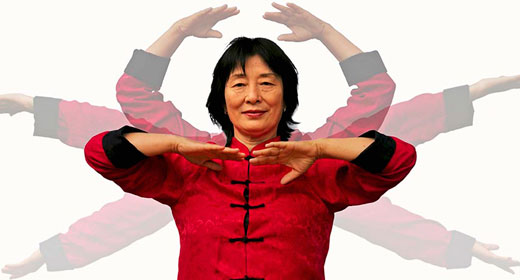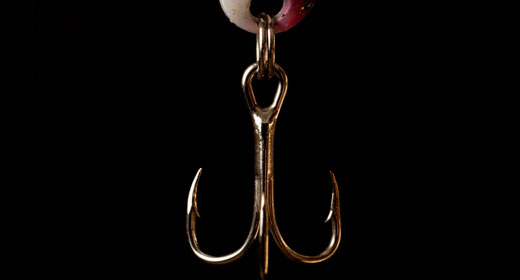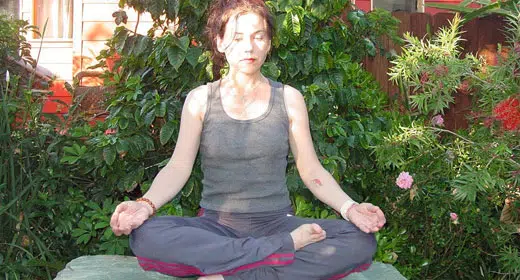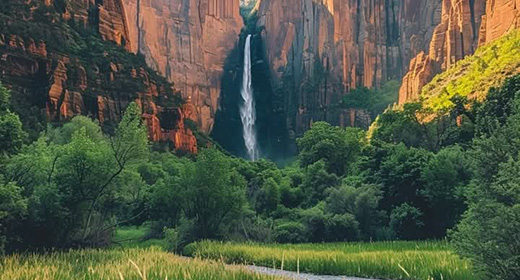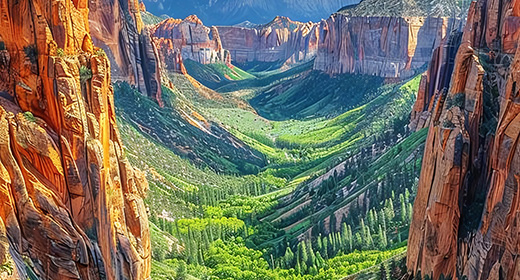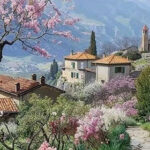by healthbeautylife: The little seaside city is unique in it’s approach to sustainable energy and organic cuisine…

It is reverential to the ancient Chumash from whom it derives its name and it radiates a casual acceptance of all who reside here, from the seriously wealthy, to those who dwell in the hippy-chill neighborhoods and trailer enclaves spilled along 21 miles of majestic Malibu coastline. Though you could spend a lifetime discovering the wonders of Malibu, we’ve assembled one long summer’s day of adventures and destinations designed to illuminate and uncover that elusive vibe that is uniquely Malibu. So, grab your flip-flops and beach towel. Don’t forget the sunscreen, and come along as we discover one sun-splashed a day in Malibu.
How Humaliwu became Malibu…
Malibu, Zuma, Tujunga, Hueneme. If you live or have traveled through Southern California, these are names that you’ve probably seen and wondered about. All are Native American Indian words coined by the Chumash people who lived in Malibu and along the California coast for millennia. To learn more about the original Malibu beach combers, our next stop is: Wishtoyo Foundation’s Chumash Village. Located on four pristine acres overlooking the Pacific Ocean at Nicholas Canyon County Beach, the site is an authentic re-creation of a working Native American village. With replicas of Chumash dwellings called “aps,” sea worthy canoes known as “tomols,” tools, and handicrafts, in addition to performance of ceremonies, blessings, solstice and celebrations, the village offers students and the general public a unique, multi-sensory experience of a native Chumash Village.
Tours explain a typical day in a Chumash village, demonstrating how houses were built, and clothes were made and food was prepared using the available natural resources. Solstice and other celebrations are marked by ceremonies, as in ancient times; dances are performed by Dolphin Dancers from the Santa Clara Valley River Chumash Turtle Clan.
Chumash History
The first human inhabitants of the Channel Islands and Santa Monica Mountains areas, The Chumash numbered approximately 20,000 from Malibu in the South, to San Luis Obispo in the North.
 Meet Mati Waiya: Founder & Executive Director Wishtoyo Foundation
Meet Mati Waiya: Founder & Executive Director Wishtoyo Foundation
Chumash ceremonial leader and Dolphin Dancer Mati Waiya (Little Hawk) created the Wishtoyo Foundation, a non-profit organization, in 1997. Wishtoyo is the Chumash word for rainbow, and like the legend telling of the arrival of the first Chumash settlers on a rainbow bridge from Santa Cruz Island, Wishtoyo serves as a bridge to link the people of today to their environment – the land, air and water that support and sustain them. Wishtoyo aims to preserve Chumash culture by using traditional beliefs, practices, songs, stories and dances to create self-respect and teach a greater awareness of the connection with and dependence upon the natural environment. Wishtoyo’s strong ties to environmental awareness fostered the launch in February 2001 of the Ventura Coastkeeper, 54th member of the national Waterkeeper Alliance, founded by Robert Kennedy, Jr. Mati is the first Native American to become a Keeper – an ombudsman dedicated to protecting, preserving and restoring our marine habitat, coastal waters and watersheds and to bridging the gap between pollution laws, as stated in the federal Clean Water Act, and the government’s ability to enforce them. Mati is actively involved with preservation of Chumash cultural / historical sites. He also addresses cultural resource laws protecting sensitive archaeological sites as well as endangered species and natural resources. Mati conducts Chumash ceremonies including Solstice, and continues the mission of the Wishtoyo Foundation by giving cultural presentations for schools, public events, government functions and grassroots foundations. Many of these presentations are offered at the living Chumash Village at Nicholas Canyon County Beach Park in Malibu. Programs introduce students and the public to the sights, sounds and workings of an authentic Chumash village. Mati believes education is the primary tool for a future healthy, sustainable environment, awakening a passion for our natural surroundings to be passed on for generations to come.
After a tour of the Chumash Village, Mati Waiya sat down with Health Beauty Life Magazine inside of an “ap” – an authentic replica of a Chumash dwelling, and shared his inspiring vision:
 “For 10,000 years in this area, 14,000 in history, the whole coastline was dotted with Chumash villages. At every opening were the rivers and the waters. There were lagoons, estuaries and wetlands. There was an abundance of food and birds and we used to harvest from these areas. So we try to protect these areas, reminding people that there are things buried that need to be respected… the voice and the memory of our people in the heart land.” There’s a new tribe here, a new people, on this coastline where we harvest, and build our homes and raise our children. So now, we re-align ourselves, and we readjust our way of life to this modern western society, where we come together and teach about our resources, how we made our homes, to secure our families and protect us from the elements. And how important it is because we are the practitioners of nature. “When everybody starts to pray, and sing, and dance, and enjoy the beauty and the culture of our life, we can learn together. We welcome all of you to come and hear a song, a dance, a story…a connection of our life together with the land and the water, and the air. We are a human family, and we should all have the strength, and the respect and the faith to do our best, to be a good steward of this land.”
“For 10,000 years in this area, 14,000 in history, the whole coastline was dotted with Chumash villages. At every opening were the rivers and the waters. There were lagoons, estuaries and wetlands. There was an abundance of food and birds and we used to harvest from these areas. So we try to protect these areas, reminding people that there are things buried that need to be respected… the voice and the memory of our people in the heart land.” There’s a new tribe here, a new people, on this coastline where we harvest, and build our homes and raise our children. So now, we re-align ourselves, and we readjust our way of life to this modern western society, where we come together and teach about our resources, how we made our homes, to secure our families and protect us from the elements. And how important it is because we are the practitioners of nature. “When everybody starts to pray, and sing, and dance, and enjoy the beauty and the culture of our life, we can learn together. We welcome all of you to come and hear a song, a dance, a story…a connection of our life together with the land and the water, and the air. We are a human family, and we should all have the strength, and the respect and the faith to do our best, to be a good steward of this land.”
 Visiting the Chumash Village
Visiting the Chumash Village
The Chumash Village is open for guided tours and presentations, by appointment. On-site cultural appreciation and environmental awareness programs are offered to elementary school students in the Los Angeles County and Ventura County School Districts. The village site is easily accessible by car from Ventura and Los Angeles Counties, with extensive public parking available. For more information on the Wishtoyo Foundation and or the Chumash Village and Cultural Center in Malibu, please visit wishtoyo.org
 The Chumash Quicksilver Initiative
The Chumash Quicksilver Initiative
The Chumash people, unlike many tribes who lived inland, thrived close to the banks of the Pacific Ocean for thousands of years, dependent on the sea, wildlife and marine resources for food, medicines, clothing, shelter, tools and utensils. Quiksilver too, relies on the ocean and the natural world to thrive economically and has worked diligently through The Quiksilver Foundation, a non-profit organization, committed to benefiting and enhancing the quality of life for communities of boardriders across the world to support environmental, educational, health and youth-related projects.
Now, The Quiksilver Foundation is showing their commitment to sustainability and to the Malibu Wishtoyo Chumash Village with a generous donation and the creation of uniquely designed Chumash T-shirts made from organic cotton, and board shorts made of recycled polyester with graphics inspired by Chumash art, hieroglyphics and culture.
[youtube]https://www.youtube.com/watch?v=mMhSYKgIODA[/youtube]


